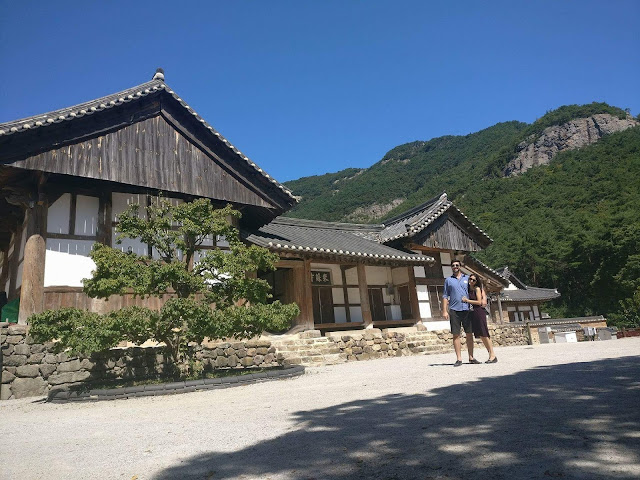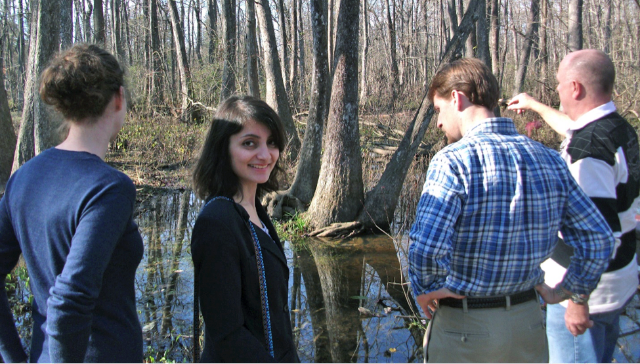Jeollanam-do has some great sights - particularly forests. In March, just as the weather was getting better, we had another weekend trip further south, where we visited Jangheung and Yeonggam. Jangheung is a small county in Jeollanam-do that is located near the sea of Boseongman Bay, and by the big lake created by Jangheung Dam and Tamjingang River. It's also the same place they have the water festival, but this time around, we visited the Cypress Forest Woodland there. Needless to say, if you are in the region, it is certainly worth a visit since cypress trees are not a common sighting in Korea and make for a very pleasant hike.
Within the area, there are excellent views of the Cherry Blossoms, as well as a number of games and activities, from Hanbok wearing to tug-of-war games.
There is also a section for trick art.
This is followed by a parade with drummers and women in traditional attire, that "see off" Wangin.
The entire historical event of Wangin leaving Korea for Japan is re-enacted.

Each year, this festival seems to attract a few foreigners as the local area has been trying to promote it. So if next year you want to go, take a bus to Mokpo and head over. Though the program isn’t announced early, there are many activities and great food options.








































